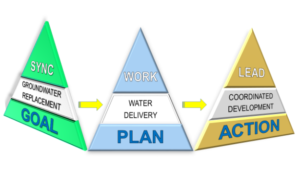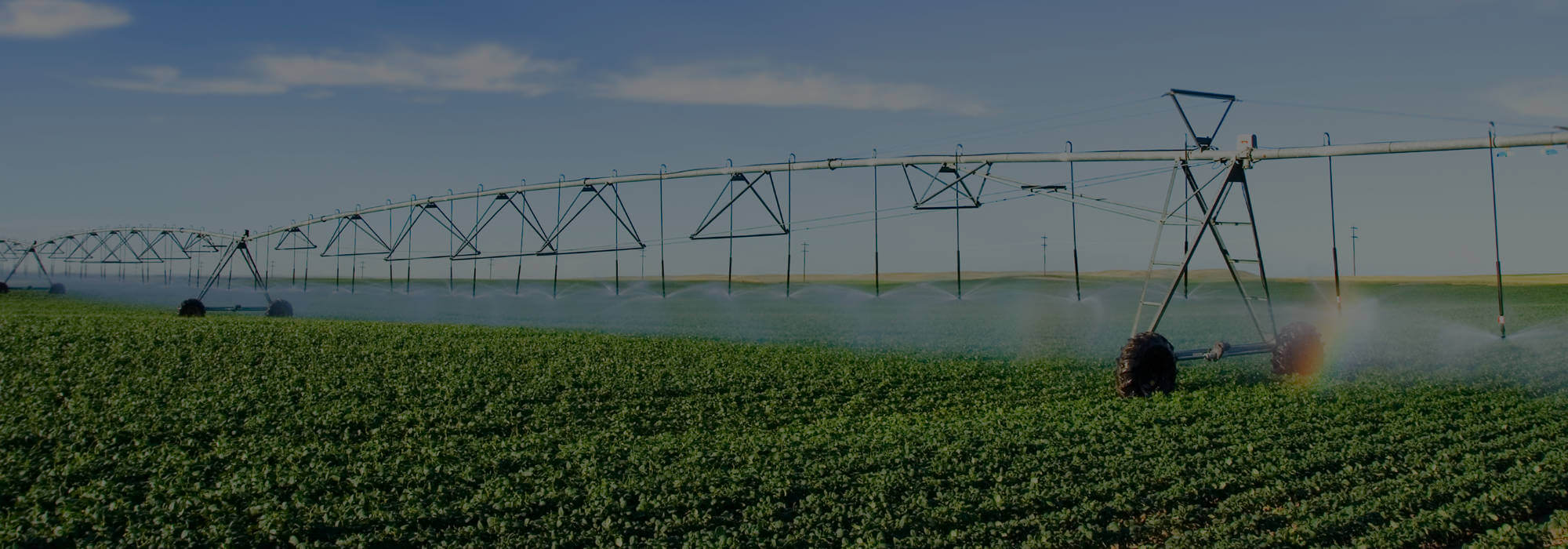09 Mar Building the OGWRP Pyramids: Focus on El 79.2
By: Jed Crowther, Development Coordinator, East Columbia Basin Irrigation District
Have you ever wondered how the great pyramids were built? Or the Columbia Basin Project?
 For the Odessa Groundwater Replacement Program (OGWRP), my role is to:
For the Odessa Groundwater Replacement Program (OGWRP), my role is to:
- Sync the Groundwater Replacement Goal.
- Work the Water Delivery Plan.
- Lead Coordinated Development Action.
The result – carefully connected together – forms a strong and lasting pyramid.
Likewise, each delivery system can become a pyramid of progress for generations to follow. Here we examine EL 79.2, which is currently in the design phase.
 EL 79.2 Delivery System Development
EL 79.2 Delivery System Development
Key elements like design parameters and funding—as noted in the above article--affect implementation.
Design Process
EL 79.2 landowners asked ECBID to manage the design process and pledged specific parcels/acres to be included in design review, established by the EL 79.2 Design Agreement. Landowners contributed $20 per acre, $223,750, to create conceptual design for 11,188 acres, coupled with a Department of Commerce Planning Grant for $169,750.
The District performed the public procurement process and selected RH2 to evaluate design. RH2 completed a preliminary evaluation of design options/costs. From the engineering study, Scenario 4 was selected by landowners and ECBID, with two pump stations, located at approximately EL 80.6 and EL 84.7, documented by the Scoping Study Report.
Scope
The 11,188-acre design corresponds with full capacity to serve all landowner-pledged acres. This project scope serves to ensure the most efficient delivery system for participating parcels, by minimizing design changes and extra capacity that would unfairly increase landowner costs. However, legislators support designing additional future capacity by offering substantial funding to “buy-down” the cost of the project and/or add extra capacity. We recognize the significant effort involved in legislative work including appropriations to support OGWRP, but the benefits are optimized when advocacy links correctly with implementation.
The Odessa Groundwater Replacement Program (OGWRP) Preferred Alternative is strictly for groundwater replacement, not to add extra capacity for unrelated expansion. So, it is important to follow OGWRP for groundwater replacement, and to “fit the funding to the program” (rather than seek to change or dismiss the program). Upsized delivery systems could leave capacity underutilized and cost more per acre served; like the EL 47.5 system with 8,521 contract acres, but with 1,979 acres uncommitted, resulting in higher costs instead of added efficiency.
OGWRP Capital Funding
The Preliminary Capital Budget for OGWRP ($16 million) is currently proposed in the state budget. Our coalition of project partners prefer to maintain broad program funding flexibility for overall OGWRP benefit. Allocating the entire $16 million amount solely to one project might add focus, but it limits flexibility. If the full $16 million is tied up in design, then construction dollars can’t be put to best use.
This concern has already been experienced with the EL 22.1 delivery system funding that was approved by the Capital Budget in April 2018 for $15 million, but it is still working on the first $2 million to achieve 30% design, and to determine costs and participants. In hindsight, the $15 million could have been awarded to OGWRP in general, and utilized for the designs of multiple delivery systems.
Uniform Capital Cost Policy
Cost normalization of OGWRP district delivery systems was established by ECBID board policy, with the intent to develop the overall program for similar cooperative participation and benefit. Therefore, the savings achieved by all grant funding sources combined, result in lower overall normalized cost per acre. As outside grant funds are received, they reduce the amount needed to borrow for designing and building the delivery systems.
If landowners, legislators, and funding partners come together under this district cost normalization policy, we can avoid individual systems competing against each other and promote collective, mutual benefit.
Additional capital funding needs are anticipated to be fulfilled via municipal bond financing. Lower interest rates are available, now, that would favor advancing projects through design to become construction ready, thus utilizing capital budget contributions more effectively.
In summary, we appreciate legislative funding support and value effective planning details. Let’s link the OGWRP goal, plan, and action – to build a sustainable future.
